Lean UX to create products customers love
It’s all about the user’s perception of the product
"A work of art is made entirely by those who look at it or read it and make it survive by their acclaim or even their condemnation”. (Marcel Duchamp)People love products when they realize gains or relieve pains while making use of it. This experience is realized in the heads of people in the specific context of a situation they feel a need, the "moment of truth". To create a product that enables an experience fully satisfying that need is always complex as the lives of people are complex. It includes research into the often unknown sphere of what people think and feel and the problems they are facing in their real job or private life. And it includes finding solutions that require multiple disciplines working closely together.
Lean UX redefines the designer’s role
Lean UX (UX = user experience) is a mindset and a process helping teams to create products people love. The concept is around for a while and Jeff Gothelf published the book with co-author Josh Seiden in March 2013. Lean UX acknowledges this type of complexity and that tackling it as part of the designer’s job working within a team. It blends the empathy-based and solution-focused method of Design Thinking with both the critical, scientific method to validate ideas of Lean Startup and the iterative, value-driven approach to development of Agile. Lean UX is based on principles that foster an organizational shift that redefines the designer’s role to become a facilitator of cross-functional collaboration and fast organizational learning. It aims at shortening feedback cycles by breaking functional silos to accelerate the discovery of a product that fits a user’s problem.
The beauty of the whole shines behind the effort of small iterations
In our practice of introducing product creators to lean and agile thinking we found that different occupational cultures react very differently to the idea of working in small steps. A leading designer’s like a (software) architect’s main objective is the overall occurrence of the product. Coherence, style and consistency, that are qualities of the whole, may seem easiest to be achieved in a direct, top down, plan-driven fashion. This point of view makes it hard to adopt the fragmented, iterative and experimental approach to creating a product while keeping the qualities of a whole in mind. Designers feel the pain of losing the holistic view when working in small iterations. It is a hurdle for strong egos to appreciate the fact that there is very little known when the task is to make a new product and that muddling through the complexity of making a product in small steps within a cross-functional team may be the only viable way.
With Lean UX, the book and the workshop we have a set of principles, a process and an organizational change model to help people responsible for creating the user experience related elements of a product to make the shift towards a more lean, collaborative and adaptive way of getting their job as designers done, and to create user experiences that work as a whole and fit a user’s problem or need.
Don’t miss Jeff Gothelf at #PoDojo in April at betahaus Berlin.

